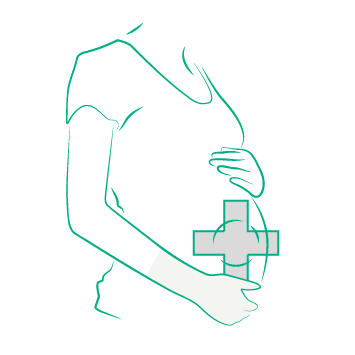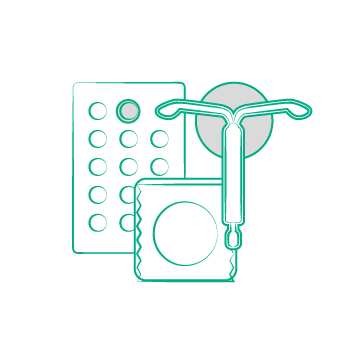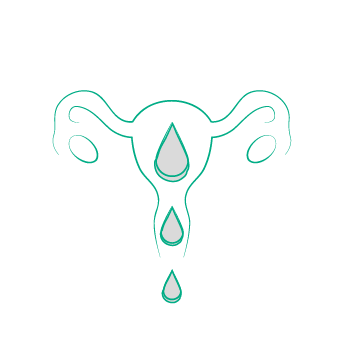FIGO is committed to advancing the practice of obstetrics and gynaecology through education, research implementation, advocacy and capacity building, employing the highest ethical and professional standards in all of our work.
We work together with our global network of world-renowned experts, to foster scientific and policy dialogues and disseminate the latest evidence in the field of women’s health and rights.
Explore our latest resources in key areas of obstetrics and gynaecology.
We use SurveyHero.com as our online survey tool.











